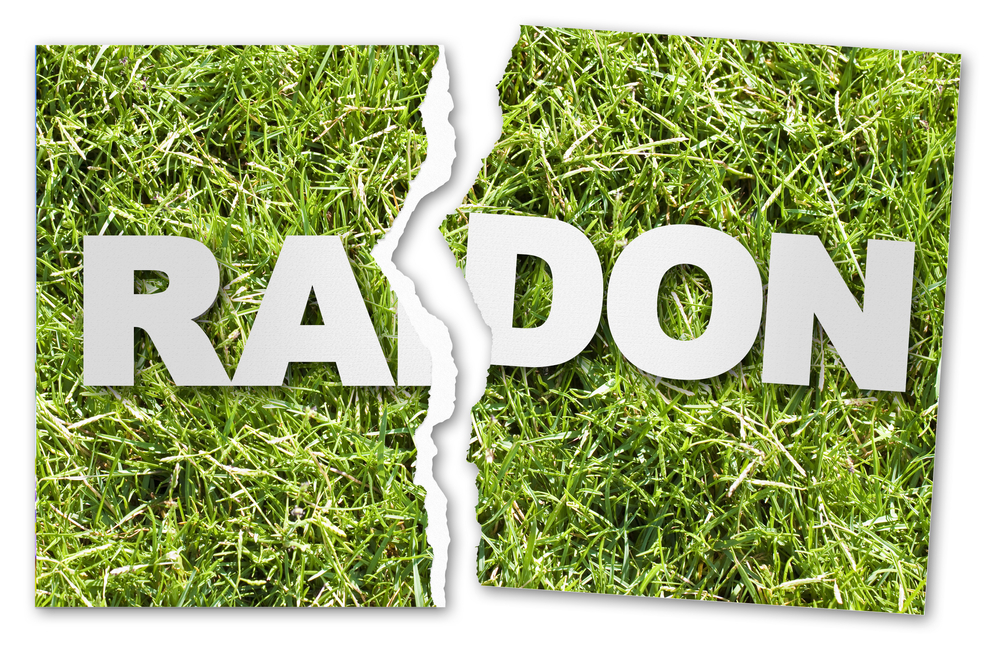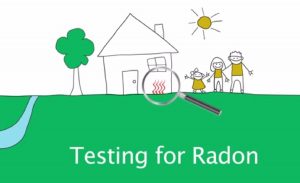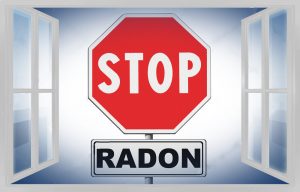Radon mitigation systems work 99% of the time. They are very effective in reducing radon levels in people’s homes. Their installation time is low but the effectiveness is high. Radon mitigation systems are not very costly and the effects can be great. But when and how often does a radon mitigation system not work? Is there any chance that the system will fail after installation? Can the installation and investment become redundant?
According to the research by the CDC body, there is no acceptable amount of radon. But the US, EPA states that anything above 4 pCi/L (picocuries per litre) or more is harmful to humans. But mitigating radon can be a long process if it goes undetected for a long time.
But the problem is radon is undetectable to the naked eye. There is no smell, touch, or visionary way to detect this gas. Even when radon is present in high volumes for a prolonged period of time, there is no way for you to understand. But once you discover radon it is important to install a mitigation system. There is a very easy way to know if the system is working. Read this article to find out all about the radon system, its work, and its failures.
What if the radon mitigation system does not work?
In case your radon system fails to work, the health hazards are massive. Radon gas results in thousands of lung cancer-related deaths. The numbers are increasing every day. That is why you need to know all the side effects. There are many serious repercussions of the radon mitigation not working. The consequences can be dire and these are some of the effects,
- The levels of this hazardous chemical gas levels will increase or stay elevated.
- Your vulnerability to radon gas-related health hazards will reappear.
- Your property value goes down.
- You will have to deal with the situation as soon as you can.
Why can radon mitigation systems fail?
There are multiple reasons why your radon mitigation system can fail. Here is a list of the top things that can go wrong.
- The radon system fan can stop working.
- There may be excessive moisture in the air which reduces the lifespan of the fan.
- There may be dirt clogged in and around the fan.
- The system installation may be half-baked. This is a fault made by the radon mitigation system installer.
To ensure that your radon mitigation system works properly, hire a good contractor. To know a good contractor always work with a licensed provider. You also need to check online reviews and competitive pricing.
What is the lifespan of a radon mitigation system?
A properly installed radon mitigation system works for 5 – 10 years. The fan comes with a 5-year guarantee. But the fan generally works for more than 15 years. If the maintenance is good, and the fan is clean. But if the fan keeps working constantly, the lifespan can be lesser. So, once you invest money in a radon mitigation system, you are all set for 5 – 10 years.
There is also a duct pipe in a radon mitigation system. This pipe generally lasts for 2 – 3 decades. But a good quality pipe can easily last longer. But for this to work you need quality products and a good contractor. You also need to maintain the temperature of your attic to get the best system lifespan. Maintenance is key to expanding the overall lifespan. In case your system breaks down, radon levels will go up. Since this is a gas that gets in through cracks, the radon levels can go up immediately. So, it is advisable to check the radon levels regularly to get current updates.
Can a home fail a radon test after mitigation?
Yes, a home can fail a radon test after mitigation. Why? There are two reasons why this can happen.
- The radon level in your home is too high. Or it is winter season hence the radon levels are not going down fast enough.
- Your radon system was not properly installed. Hence it is not doing a good job of getting the radon out of your home.
Parting thoughts
To know if your radon system is failing, get your home tested for radon levels. You can also check the u-tube manometer to determine if your system is working. Constantly keep checking these to stay updated about system failures.




